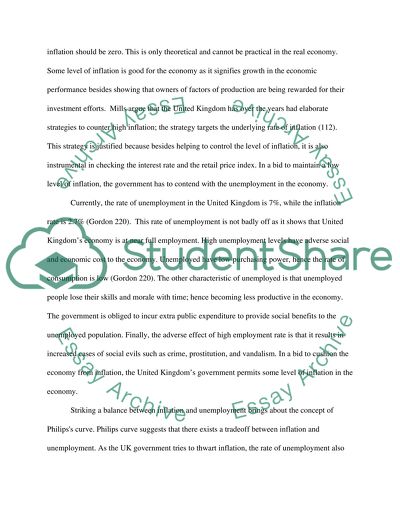Cite this document
(“Macroeconomic Policies of UK Government in Achieving Objective of Low Essay”, n.d.)
Macroeconomic Policies of UK Government in Achieving Objective of Low Essay. Retrieved from https://studentshare.org/macro-microeconomics/1491463-macroeconomic-policies-of-uk-government-in-achieving-objective-of-low-inflation
Macroeconomic Policies of UK Government in Achieving Objective of Low Essay. Retrieved from https://studentshare.org/macro-microeconomics/1491463-macroeconomic-policies-of-uk-government-in-achieving-objective-of-low-inflation
(Macroeconomic Policies of UK Government in Achieving Objective of Low Essay)
Macroeconomic Policies of UK Government in Achieving Objective of Low Essay. https://studentshare.org/macro-microeconomics/1491463-macroeconomic-policies-of-uk-government-in-achieving-objective-of-low-inflation.
Macroeconomic Policies of UK Government in Achieving Objective of Low Essay. https://studentshare.org/macro-microeconomics/1491463-macroeconomic-policies-of-uk-government-in-achieving-objective-of-low-inflation.
“Macroeconomic Policies of UK Government in Achieving Objective of Low Essay”, n.d. https://studentshare.org/macro-microeconomics/1491463-macroeconomic-policies-of-uk-government-in-achieving-objective-of-low-inflation.


